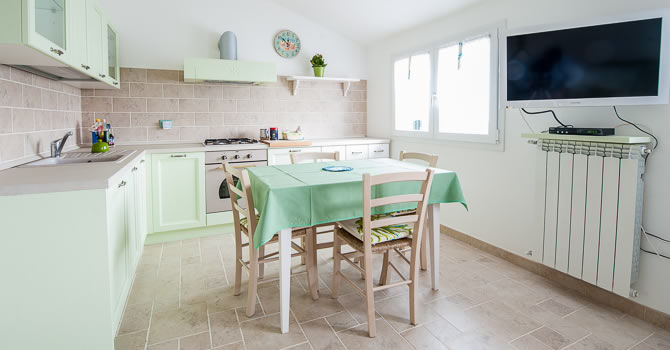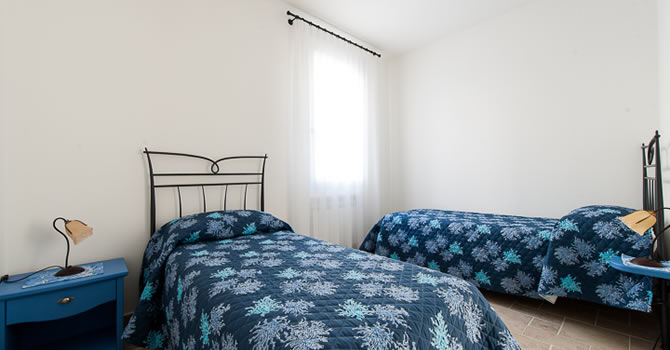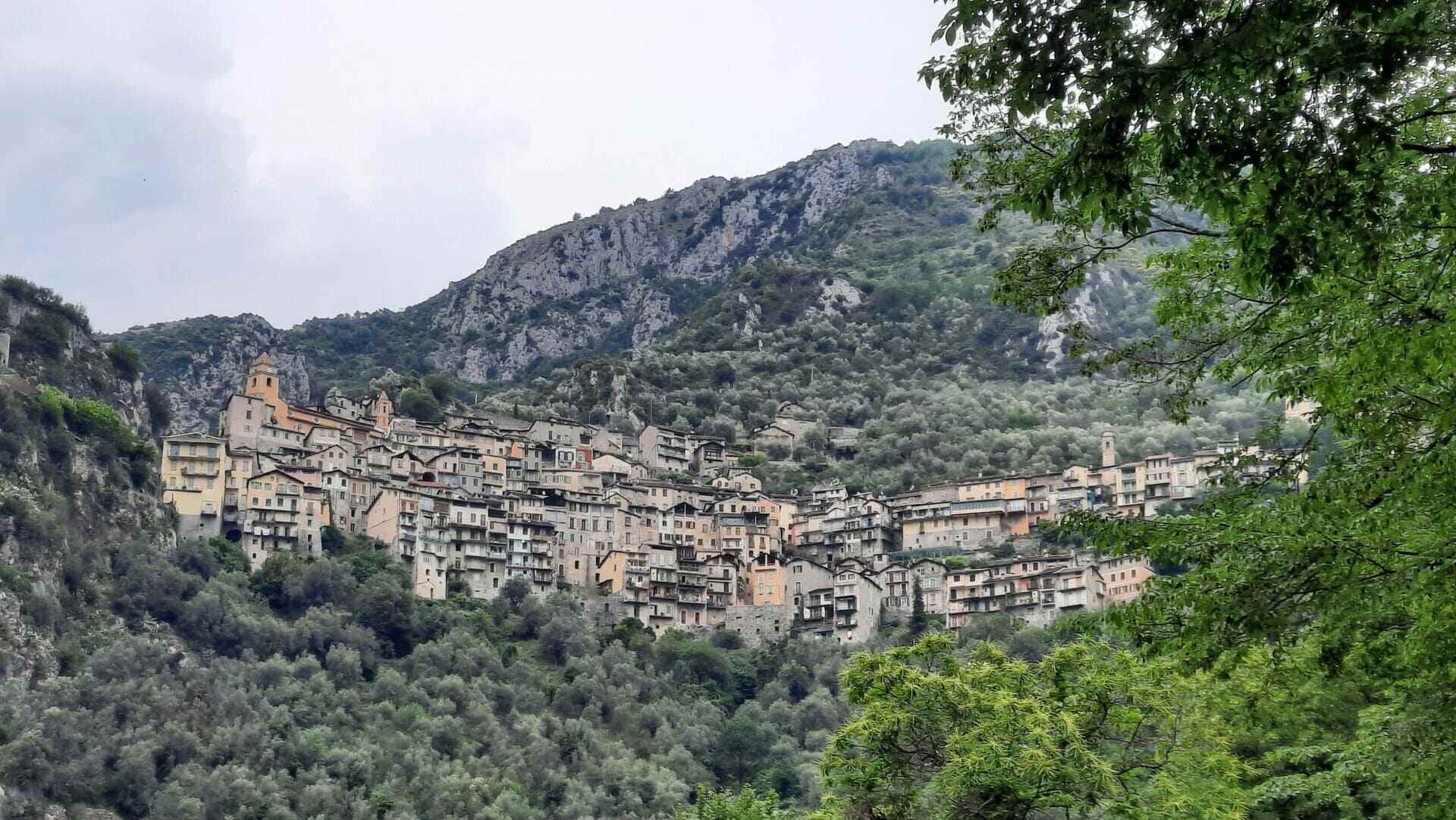
Discovering the Ligurian Riviera
Discovering the Argentina Valley: from Taggia to Carpasio
January 03, 2021
The new year is here, and despite the general uncertainty we do not want to give up. This is why we really want to start again from what we know and know how to do well: our work, the care of our agricultural products and the love for the territory.
With this article we will start a three-stage journey to discover the Argentina Valley, starting from our flats in Diano Marina, passing through Taggia, Badalucco and Montalto, until we reach Carpasio.
Read also - Discovering the Prino Valley: from Pantasina to Vasia
From Diano Marina to Taggia
We leave the farmholidays early in the morning. We drive along the Aurelia road along the stretch we did during our trip to Imperia and its surroundings, passing through San Lorenzo al Mare, Santo Stefano al Mare and Riva Ligure. We arrive, at this point, at Arma di Taggia. We don't enter in the village but we take the state road 548 and the following provincial road that runs along the Fora di Taggia, the torrent that will be named Argentina.
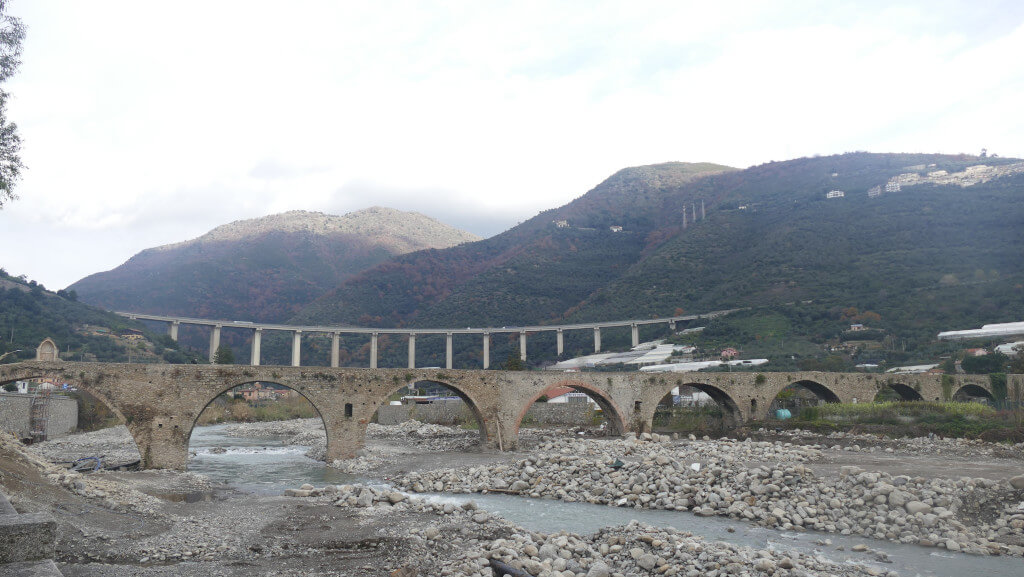
We continue for about two kilometres and we arrive in Taggia, the main town of the valley. Its territory is studded with flower greenhouses as far as the south, in the hamlet of Arma di Taggia, the seaside resort that during the warmer months is filled with tourists. The town immediately reveals its various historical events, with its medieval walled fortifications, the bridge and numerous civil and ecclesiastical buildings of great value.
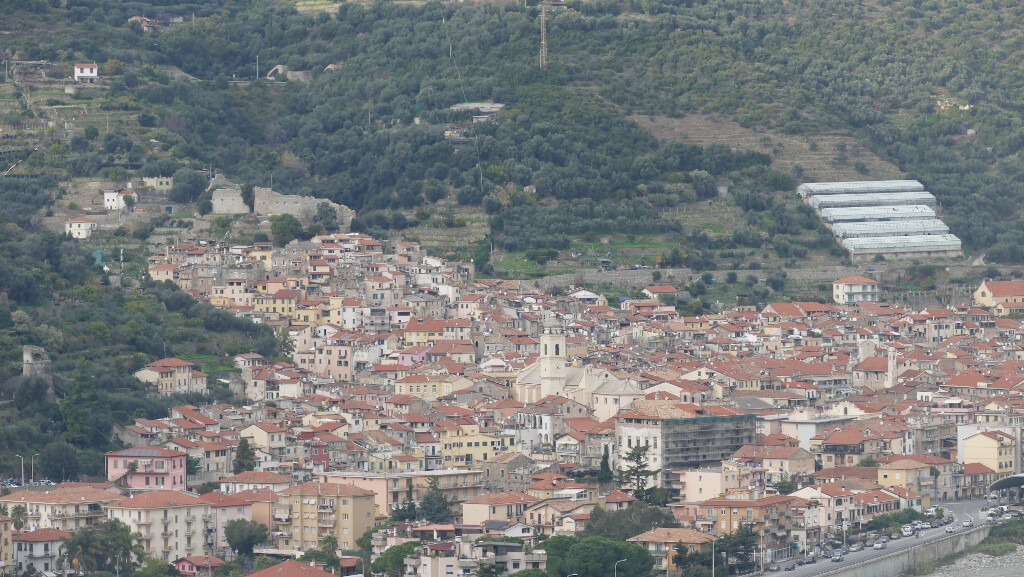
Badalucco
Leaving Taggia we take again the provincial road 548 to climb the Argentina Valley. It is a very narrow road with continuous hairpin bends in which we meet several villages and small hamlets. The first village of note is Badalucco, which is well worth a stop. Its territory has been frequented since the Neolithic era, as evidenced by the grave goods found at the Tana Bertrand, on the side of Monte Faudo, and now preserved in the museum of Sanremo. The village as a whole has a medieval appearance, with its typical caruggi and some beautiful medieval humpback bridges.
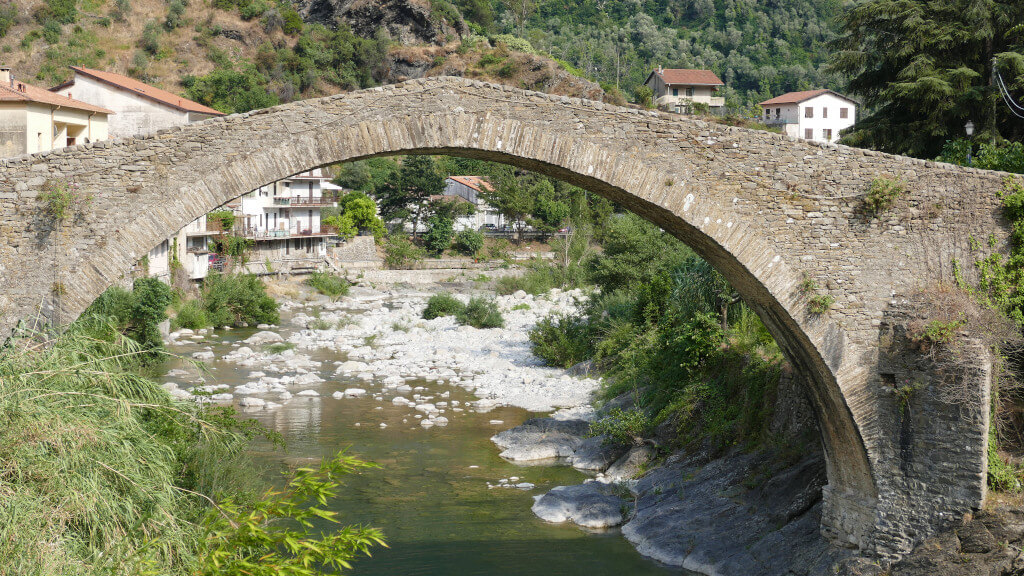
During the 17th century Badalucco renovated its most important religious buildings, such as the parish church of Santa Maria Assunta and San Giorgio, which was rebuilt from 14th century forms in full Baroque style, with one nave and five chapels on each side. The square is also overlooked by two important civic buildings: the Boeri palace with its 16th-century loggia, and the Town Hall where, in the 16th-century basement, an exhibition space has been created in which high-level temporary art exhibitions, especially of ceramics, are organised.
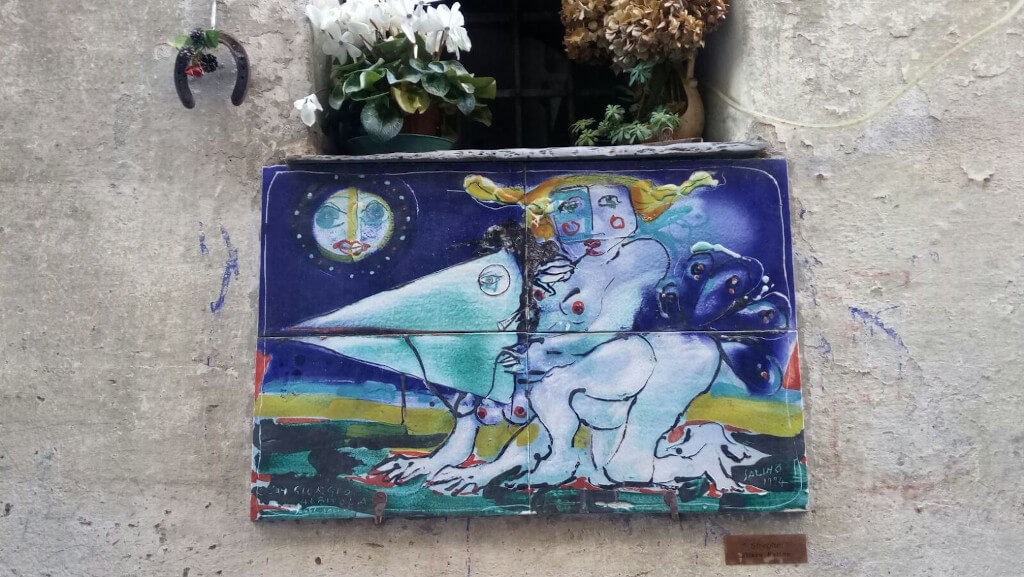
Ceramics define the artistic character of this small town in the Argentina Valley, where the façades of the old stone houses are decorated with this colourful material and various murals. An open-air museum, in short, in which to freely enjoy a generous and timeless beauty.
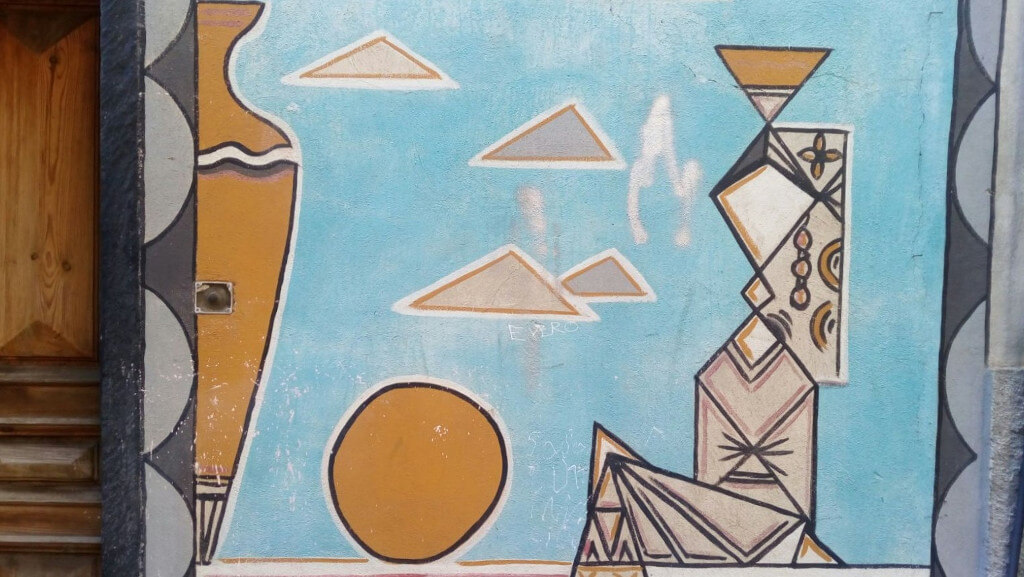
From Badalucco to Carpasio
Once past the village of Badalucco we find ourselves before a diversion on the right that takes us into the valley of the Rio Carpasina. Here, amidst olive and chestnut groves, we first find Montalto Ligure and then Carpasio. Montalto Ligure is perched on a hill overlooking the Argentina valley, in a strategic position and at the centre of numerous transhumance routes, practised until recent times.
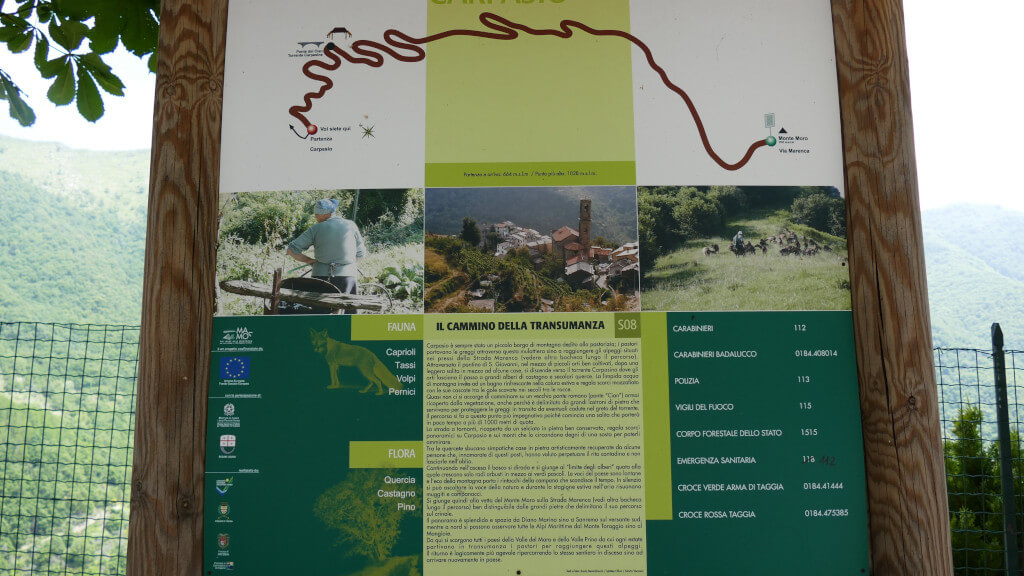
The oldest historical sources date back to the 11th century and tell us of a primitive village under the control of the Bishop of Albenga, then passed to the Lord of Lingueglietta Anselmo de Quadraginta. Once again in the possession of the Counts of Ventimiglia and the Republic of Genoa, it was incorporated into the Podesta office of Triora, and in the 15th century it adopted its own statutes, which it kept until 1803.
You cannot leave Montalto Ligure without visiting the parish church of San Giorgio, its oldest building, in which Romanesque models were soon incorporated into Gothic forms. The parish church dedicated to San Giovanni Battista, built in 1407 and remodelled in the following centuries, is also interesting for the artistic treasures it contains.
After Montalto Ligure we continue our journey towards Carpasio. Here too we find ourselves in an elevated position, near the Valle d'Oggia and at the junction with the Valle Impero. We are intrigued by the slate roofs of many of the houses in the old town and the oratory of SS Annunziata, with its leaning bell tower, due to the earthquake of 1887.
Read also - Discovering the Impero Valley
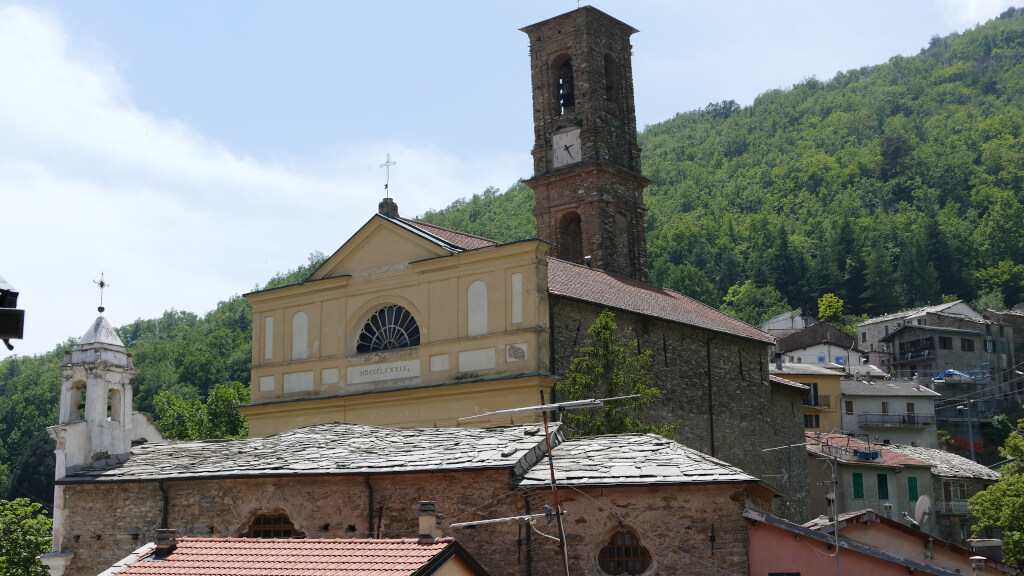
The origin of the village is undoubtedly medieval, although we have traces of the presence of shepherds in these places in even earlier times. Evidence of this is provided by the numerous caselle (shepherd's huts) scattered across the pastures in the area, circular stone buildings made using the dry-stone technique, very common in the Mediterranean area.
When possible, we recommend a visit to the Museo della Resistenza (Resistance Museum) in the hamlet of Costa, where you can learn a great deal about the impact of the Second World War on this valley, thanks to the numerous relics and documentation of the partisan struggle, which culminated in the battle of Monte Grande on 4 and 5 September 1944.
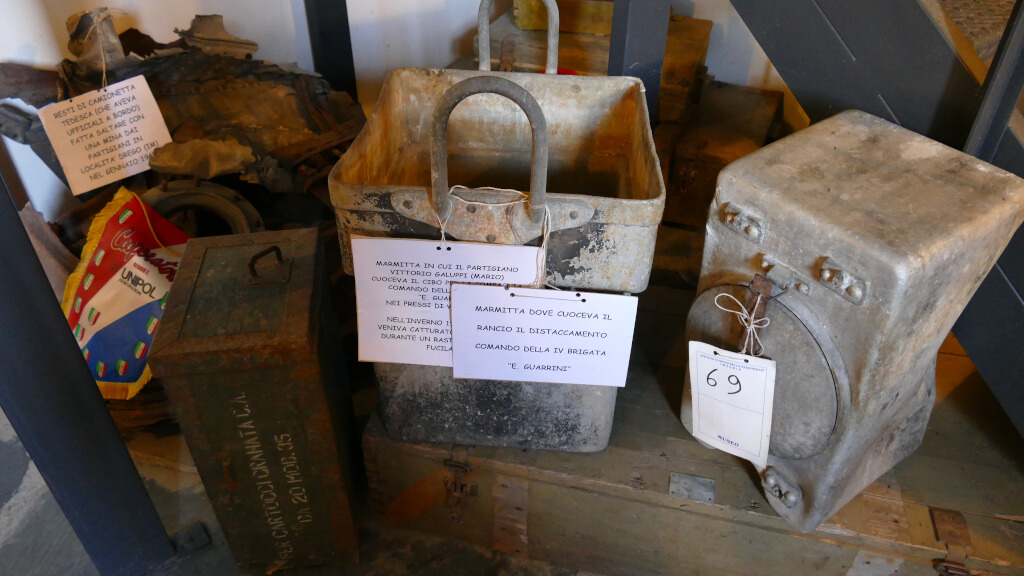
We end here the first part of our journey to discover the Argentina Valley, led from Taggia to Carpasio. In the next article we will cover another portion of the territory, arriving at Molini di Triora.
Listen to all podcasts published on our official channels:
